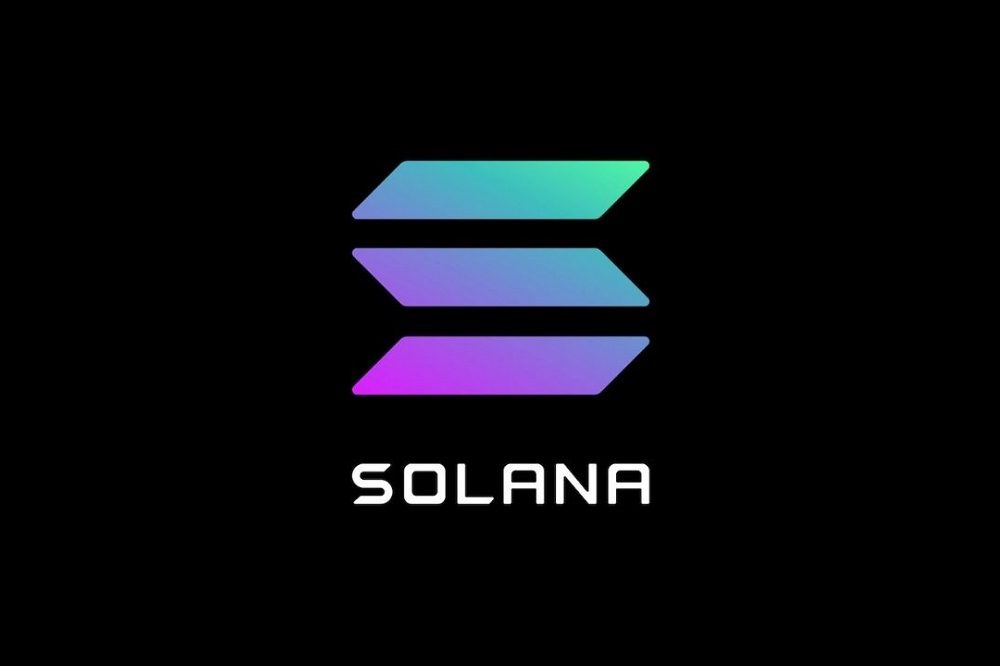- Research highlighted that many Solana validators rely heavily on foundation support, with up to 90-100% of their funds coming from the foundation.
- The updated strategy aims to improve the Nakamoto Coefficient, a key decentralization measure, by reducing stake concentration and foundation dominance.
In an effort to boost network decentralization, the Solana Foundation has rolled out a new validator strategy. It aims to transition dependency from foundation deployment to validator independence.
How Does Solana Foundation’s New Strategy Work?
Under the updated framework, the Foundation will adjust its Delegation Program by removing three validators for every new one added. It’ll work only when those removed have received foundation support for over 18 months and have attracted fewer than 1,000 SOL in non-foundation stake. Thus, it is designed to favor operators that can keep sufficient external backing.
Meanwhile, in a post on Discord, Ben Hawkins, who leads the staking ecosystem efforts at the Foundation, announced the update. He emphasized that the intent is to encourage validators to become more self-sufficient.
Further, it’s worth noting that the Foundation was scrutinized for its role in sustaining a large portion of the now validator network. Recent research from Helius found that more than half of all Solana validators would struggle financially without foundation involvement and that the high costs of on-chain governance are the main reason, as reported earlier.
Louw attributed the evolving strategy to a larger trend of reducing the role of centralized influence within the ecosystem. EigenLayer manager of special projects Kydo referred to Stakeview data, which indicates that a large number of validators are dependent on Foundation support. In a statement, Kydo said, “These validators get 90-100% of their staking fund from Solana Foundation. Without it, they’d collapse.”
While acknowledging that the statistics are not the most current, Kydo emphasized the importance of better insight into the Foundation’s impact. He noted that “transparency improves our industry.”
Max Resnick, lead economist at Solana R&D organization Anza, responded to these claims on X. He explained that the Delegation Program is being gradually reduced and that many of today’s sustainable validators initially relied on it. “Validator count is a vanity metric,” Resnick noted. He added, “Validators with epsilon stake actually hurt network performance.”
Recent Updates On the Solana Foundation
Over time, the Foundation has been devaluing its share of active stake in the network. This change is being seen by observers as one that may enhance the Nakamoto Coefficient. It serves as a vital measure of a blockchain’s decentralization that quantifies the number of entities that would be required to jointly disrupt the network. The distribution of control is derived from a higher coefficient.
For further context, Helius stated Solana’s coefficient as often reported at 19 in November 2024. However, the firm noted that the real number was likely lower because of stake concentration. Meanwhile, the Solana Foundation has not made a formal reply to the discussion.

